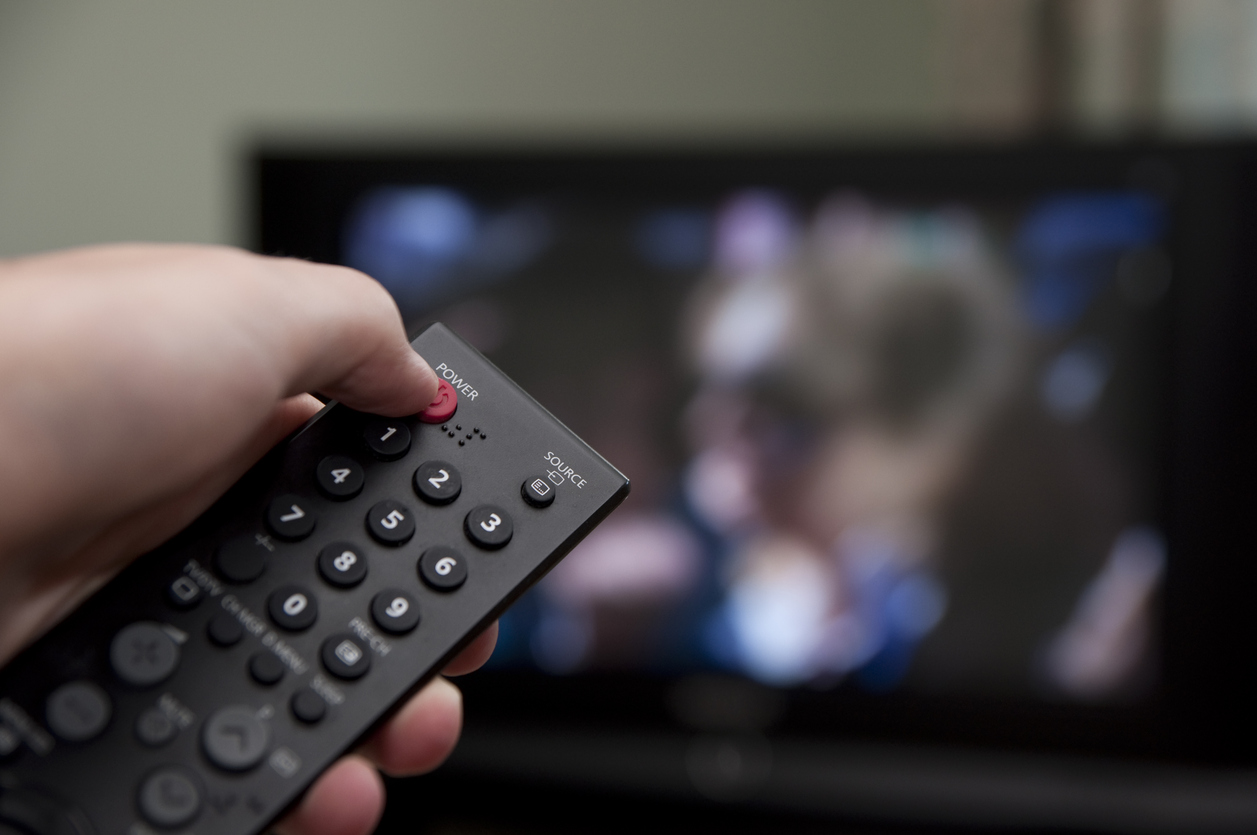When you turn off your TV or game system, is it really off? The answer is not really. Your consumer electronics are still using energy—wasting energy, really — and it can increase your utility bills.
Do an experiment. Go into your bedroom or family room at night. Turn off the lights and all electronic devices. Does it look like Van Gogh’s “Starry Night” painting, with its bright stars? Or like a starry night sky? All those little LED lights on all those devices tell you they are using standby power. Some of those devices only power a clock, while others might constantly be reading data over the internet. Electronic devices like televisions use a small trickle of energy to turn on quickly when you use a remote. Computer monitors may be using energy after the computer is shut down. Look for the lights.
Standby power is what a device uses when it’s officially off but is still operating in low power mode. While most electronic devices use very little electricity while not in use, the average home has 24 gadgets. It can all add up.
How Much Your Gadgets Waste
The Department of Energy (DOE) estimates that standby power use can make up 5–10% (approximately $250 per year) of your total home energy use and is responsible for 1% of greenhouse gas emissions. And those numbers are climbing.
You can find out the standby power usage of any household device simply by looking at the Power Meter in the Sense Home App before and after you unplug it. (If you don’t have the Sense Home Energy Monitor yet, you can purchase a $50 power meter to make an inventory of your electronics manually.)
Sense customers have reported to us the standby power range of several common household electronic devices:
TIVO (all models): 10W
TV Cable Boxes (DVR): 11–18W; some models as high as 24-26W
Routers: 10¬18W
Servers: 12–18W
Game Consoles: 10–14W
Other Network Devices: 10–15W
One of the standouts is the standard desktop computer, which can suck up 74W while idle. So, if you have all the above devices in your home, plus a desktop computer on standby, you are using as much as 165W. Keep in mind that these are ranges. You may find electronics in your home that use less or more electricity.
Smart speakers and Wi-Fi devices are becoming ubiquitous in homes. The Natural Resources Defense Council measurements show they don’t use much electricity. Amazon’s Echo smart speakers use only 1.6W in standby mode. Google Home uses about 1.9W and Apple HomePod uses about the same. Amazon’s Fire TV and Apple TV use less than 1W in standby mode. It’s hard to find data on RING doorbells, but anecdotally they use less than 1.2W in standby mode.
Slay the Vampires
Smart power strips can be a great way to get control over standby power for devices that can be turned off entirely. The Sense Home app integrates with the Kasa Smart Power Strip. By plugging multiple electronics into a single strip, you can schedule when the devices are on or off, and control them with Alexa or Google Assistant. And you can track how much energy each one is using in the Sense Home app.
Computers, smart TVs, game consoles, servers and entertainment systems are good candidates for this treatment. You can even set up a schedule to switch off routers, cable boxes and TIVO boxes while everyone in the house is asleep. Another good idea: shop for your gadgets with energy savings in mind. For instance, you can replace an inefficient router/DVD from your cable provider with an energy-wise model.
But sometimes just unplugging devices the old-fashioned way makes good sense. DOE has some suggestions. Here is a partial list:
• Unused VCRs
• Empty battery chargers
• Power supplies for e-bikes and golf carts during the off-season
• Audio equipment that is rarely used, including amplifiers, boom boxes, shelf-top audio systems, DVD players
• Kitchen appliances used infrequently such as rice cookers, slow cookers or bread-makers
• Office equipment rarely used, such as scanners, shredders, fax machines, and older printers
• The unused TV in the guest room (along with associated set-top box and sound bar)
• Seasonal heating and cooling equipment, such as room air conditioners, portable humidifiers, dehumidifiers, and air filters
This October, don’t let the vampires add to your utility bill. Track down your vampire power and stop it at the source.
Jim Gunshinan is a science writer who covers energy and the environment. He was the editor of No Regrets Remodeling, Second Edition, a science blogger for a PBS affiliate, and editor of a magazine covering green home building and renovation. Jim lives in Walnut Creek, California.
